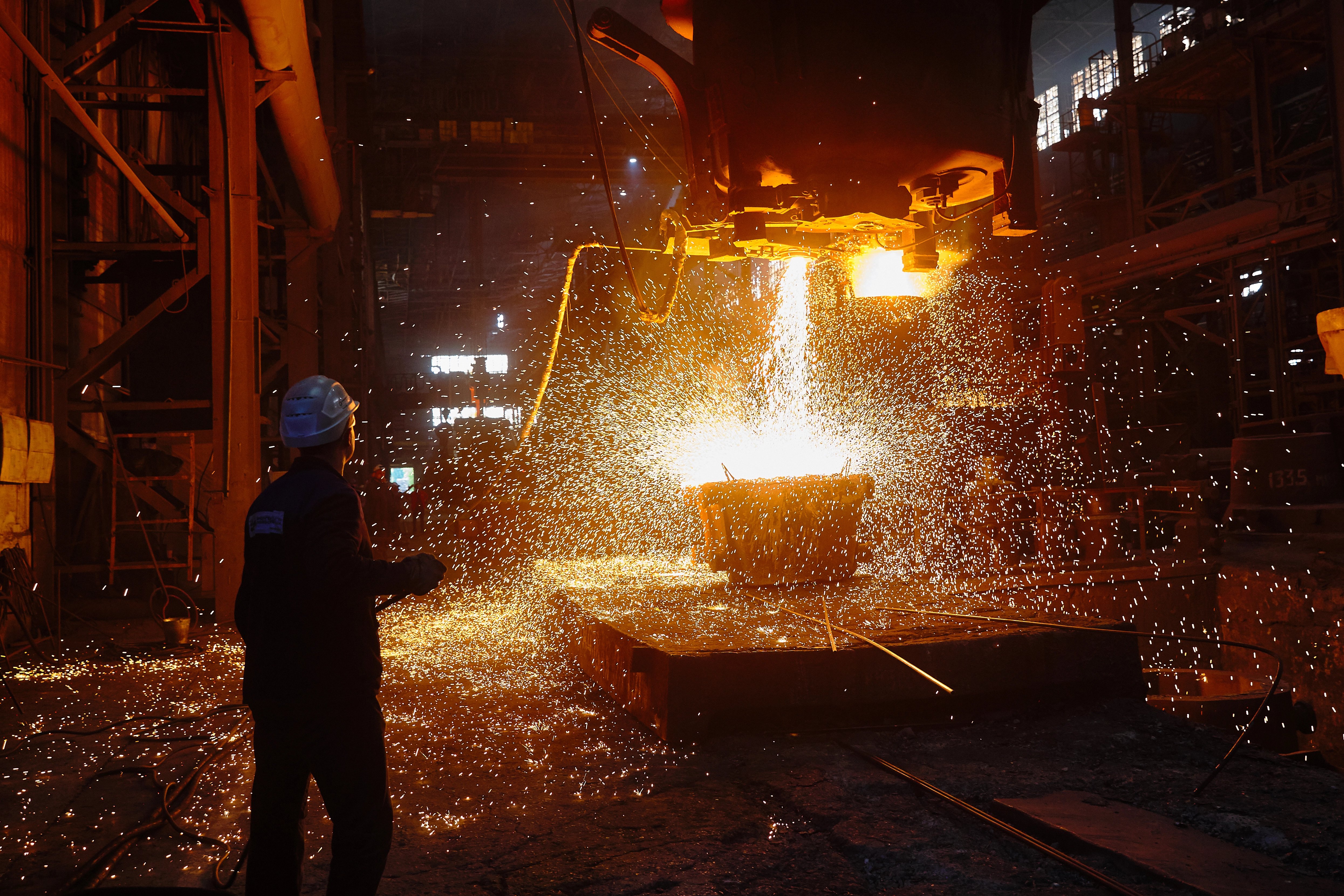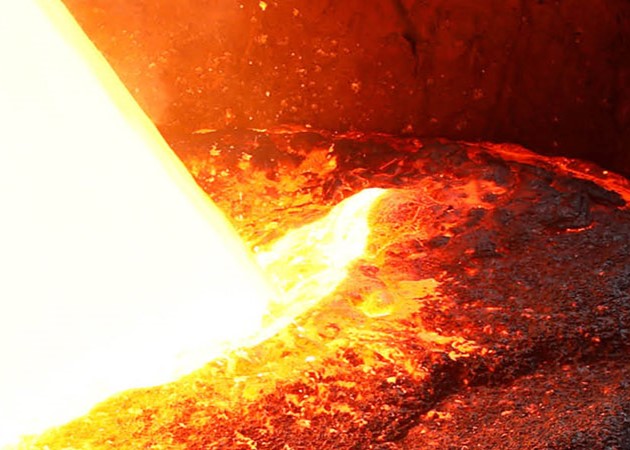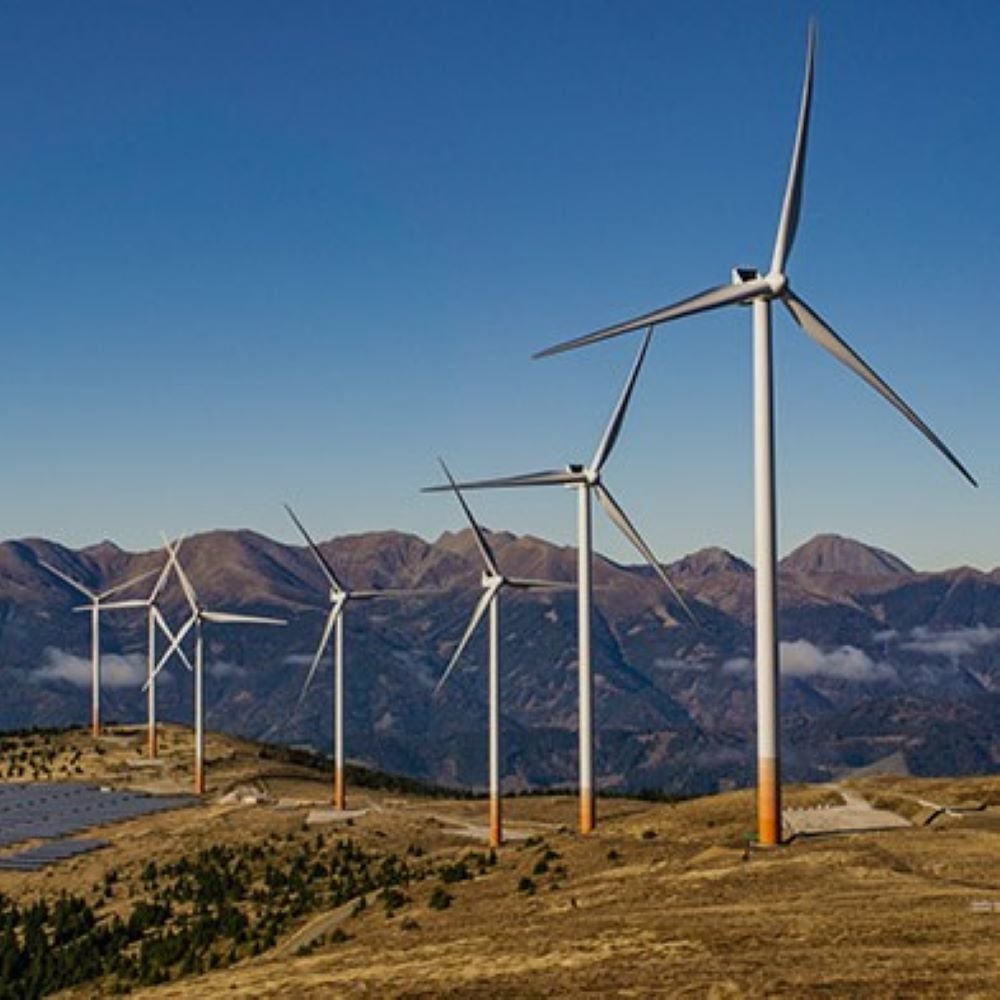To control inflation and bolster economic stability, Brazil's Central Bank has maintained the SELIC interest rate at 13.75% per annum for the sixth consecutive time as of May. Meanwhile, the Monetary Policy Committee (Copom) has softened its rhetoric in post-meeting statements since last September, indicating a reduced likelihood of future rate hikes.
Over the past year, there has been a notable decline in the annual inflation rate, descending from over 12% y/y to a level that better aligns with the 2023 target of 3.25% (with a tolerance margin of ±1.5 percentage points). CPI inflation was 4.2% y/y in April, a decrease from 4.7% in March. However, inflation has been reduced by base effects, and we expect it to pick up again in Q3 and Q4. Core inflation (which excludes energy and food) remains high, at 7.3% y/y in April. Although the central bank's proactive tightening measures have had some success in controlling inflation, there is upside risk from potential higher spending from the new Lula administration. Looser fiscal policy could result in the central bank needing to keep rates higher for longer.
A lower rate will support auto and steel demand in Brazil
With the swift decrease in inflation rates, questions are arising about the sustainability of the current SELIC rate, given the high borrowing costs it imposes.
Over the last two years, auto industry output was constrained by the shortage of component and semiconductors, but in 2023, the main constraint will be demand in domestic and export markets. There are concerns among producers about the ability of consumers to afford new cars in 2023 due to high credit costs given the high SELIC rate.
In fact, in April, production of light vehicles decreased by 3% y/y and 18% m/m as there were several production stoppages by car manufacturers as producers adjusted output levels to align with real demand.
Our base case forecast for light vehicle production is to grow 4.85% y/y with the SELIC rate remaining at 13.75% until the end of 2023 Q3. If the central bank starts to decrease the SELIC rate during the year and finishes at 12.75%, light vehicle sales could increase by 57 K units, encouraging more domestic production. In this scenario, our light vehicle production forecast rises to 7% y/y growth for 2023. However, as already mentioned, there are also upside risks to the SELIC rate from looser fiscal policy.
The automotive sector is the second biggest consumer of steel in Brazil, and the single biggest consumer of steel sheet products. It accounts for approximately 31% of total sheet consumption, according to 2021 figures. If Brazil light vehicle production rises by a further 7% y/y, this will lead to an additional 0.9% y/y growth in steel sheet apparent consumption in Brazil.
If the SELIC rate decreases, it will also support construction, industrial production, and the general economy to grow more, but the automotive sector would remain the biggest supporter of steel sheet demand growth.
These and other economic developments that impact commodity markets are discussed with CRU subscribers regularly. To enquire about CRU services or to discuss this topic in detail, get in touch with us.
CRU experts discussed the impact of the war in Ukraine on commodity markets in a recent webinar. Experts from all major commodity areas joined CRU’s Head of Economics and an energy specialist to discuss markets one month on from the invasion of Ukraine. The webinar is available to watch on-demand here.
















